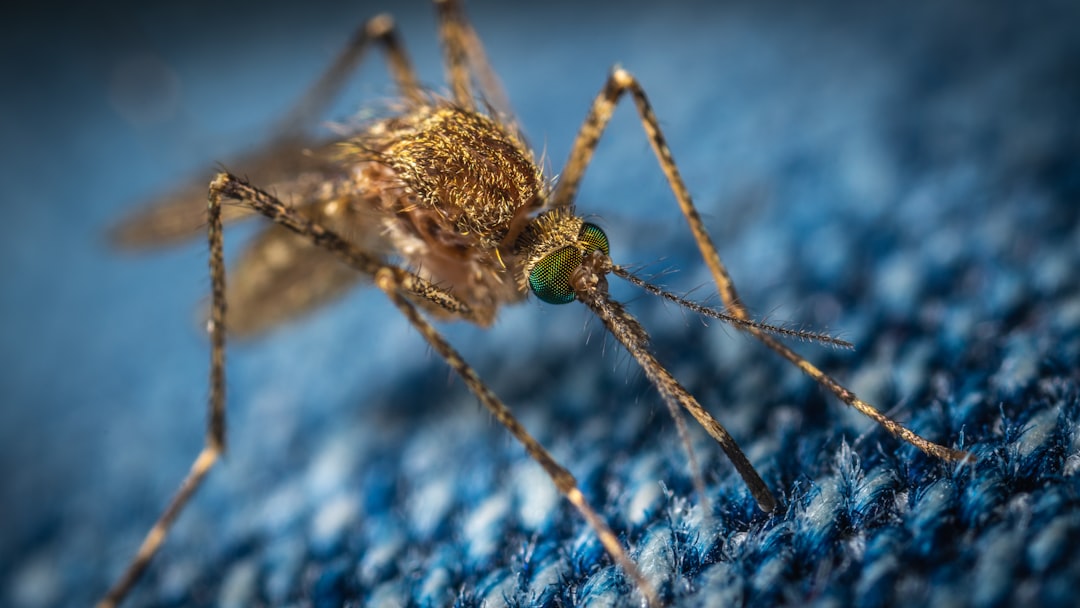What is it about?
Sunlight is an important source of energy for living organisms, but it can also serve as a cue or warning signal. We explored how sensing light might help those bacteria that do not use light as an energy source. At present, we know that many of these bacteria have proteins that give them the ability to sense light signals, but we don’t know what they do with them. We discovered that several types of bacteria that grow on plants and in soil use light to anticipate an imminent and potentially deadly loss of water from their environment. In particular, when the first rays of morning sun reach the moist surfaces of plants and soils, the light can cause evaporation. By using light as a warning signal, the bacteria in these habitats can activate genes to protect themselves before evaporation begins. Thus, these results illustrate how some bacteria have developed a way to use one of the most steadfast signals in nature, the sun coming up each day, to anticipate and prepare for other environmental changes that are coupled, but delayed, namely the evaporation of surface moisture that often follows dawn.
Featured Image

Photo by Kumiko SHIMIZU on Unsplash
Why is it important?
All organisms have sophisticated ways of sensing and responding to cues in their environment. Knowledge of how organisms such as bacteria benefit from using these cues helps us to predict their behavior and survival in their natural environments. For bacteria that cause plant diseases, predicting their behavior and survival is important for predicting their population sizes and thus their potential to cause disease outbreaks. For bacteria that may be introduced onto plants to promote plant health, such as by increasing nutrient uptake or protecting from pests or disease, knowledge of these environmental cues can be useful to strategies to enhance the survival of these beneficial organisms after introduction. On a more basic level, the discovery that bacteria have developed the ability to use one environmental signal (light) to anticipate a physiologically unrelated but ecologically coupled stress (water loss) provides experimental evidence that bacteria have evolved anticipatory strategies for stress protection.
Read the Original
This page is a summary of: Light cues induce protective anticipation of environmental water loss in terrestrial bacteria, Proceedings of the National Academy of Sciences, September 2023, Proceedings of the National Academy of Sciences,
DOI: 10.1073/pnas.2309632120.
You can read the full text:
Contributors
The following have contributed to this page










